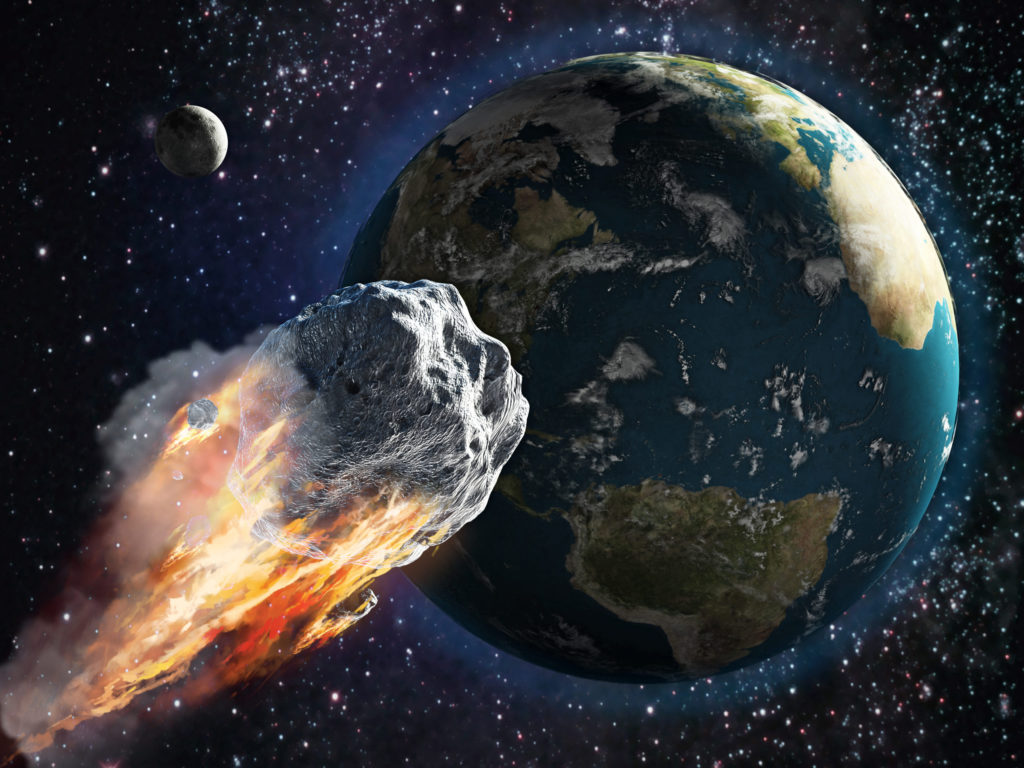
As an Apollo-class asteroid, Nereus’s orbit frequently puts it close to Earth. Its orbital resonance is approximately 2:1, meaning that it orbits almost twice for every orbit of the Earth. This makes a mission to explore the asteroid very feasible.
Nereus will come the closest to our planet it has been in the past 20 years, yet it set to pass 7.4 million km away, which is about 10 times the distance between the Moon and Earth.
No missions are currently known to be ready to explore Nereus, however it has been considered before. Both NASA’s Near-Earth Asteroid Rendezvous-Shoemaker (NEAR) robotic mission and the Japanese Hayabusa mission looked into Nereus as target, but both eventually chose other options.
According to NASA, if a mission were to be launched this year, it would take anywhere between 426-146 days, though the delta-v this time around would be around 10.37 km/s, slightly higher than launching a rocket into low-orbit.
Asteroid exploration is a major field in astronomy, with space agencies, governments and private companies already involved in studying them as source of water and minerals.
RELATED: Scientists working on autonomous swarms of robots to mine the Moon
Luxembourg, one of the first countries to set its eyes on the possibility of mining celestial bodies, created in 2018 a Space Agency (LSA) to boost exploration and commercial utilization of resources from Near Earth Objects.
Unlike NASA, LSA does not carry out research or launches. Its purpose is to accelerate collaborations between economic project leaders of the space sector, investors and other partners.
Nearly 9,000 asteroids larger than 36 meters (150 feet) in diameter orbit near Earth. Geologists believe they are packed with iron ore, nickel and precious metals at much higher concentrations than those found on Earth, making up a market valued in the trillions of dollars.
Other space ventures in the works include plans to start mining the Moon as early as 2025, track space debris, build the first human settlement on Mars, and billionaire Elon Musk’s own plan for an unmanned mission to the red planet.




